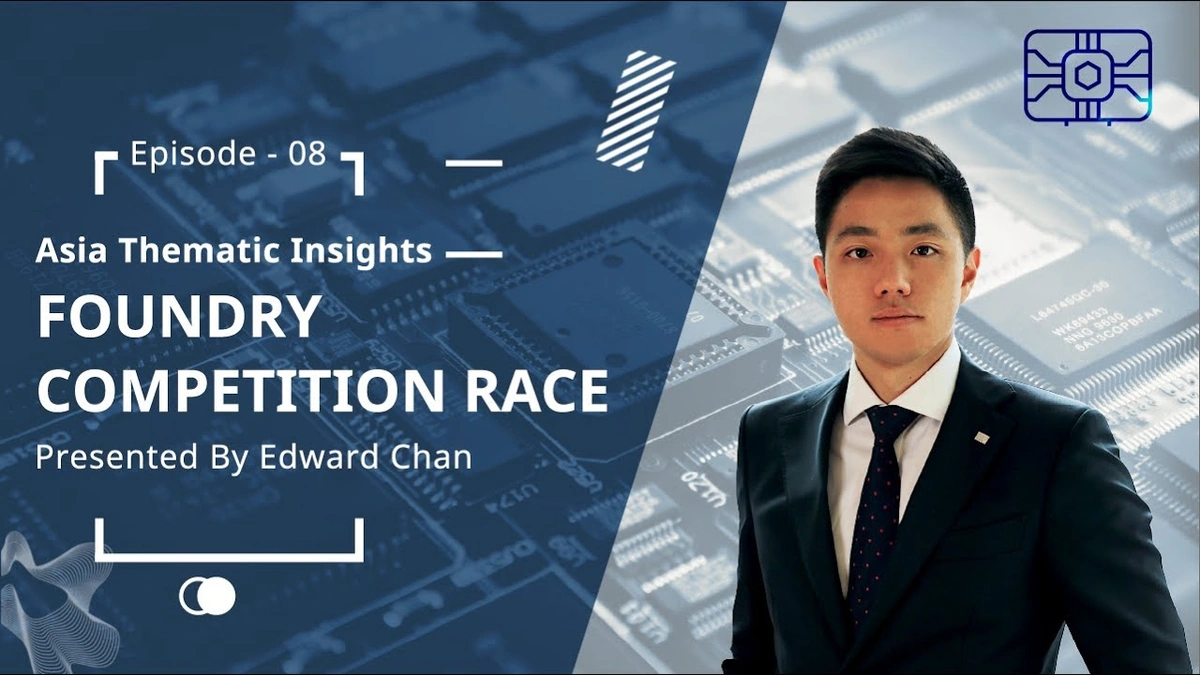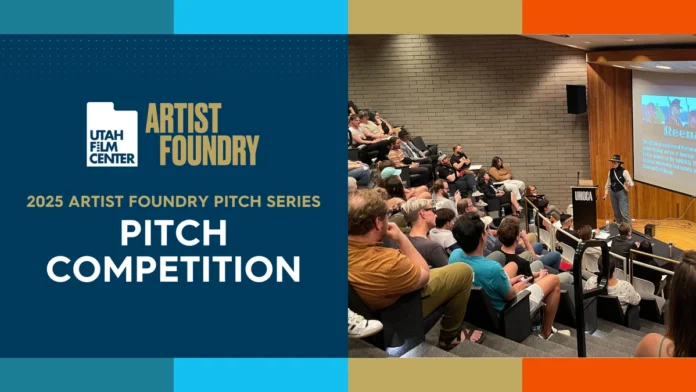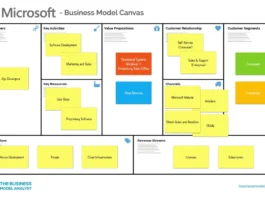The foundry business – it’s not exactly the kind of thing that gets you buzzing with excitement, right? But hold on, because what’s happening behind the scenes is a tectonic shift that could reshape the entire tech landscape. Intel, after years of hiccups and delays, is finally stepping up its game and diving headfirst into mass production. But why should you care about foundry competition ? Well, because it impacts everything from the price of your next smartphone to the future of AI.
Why Intel’s Move Matters | More Than Just Chips

Let’s be honest, Intel’s been playing catch-up for a while. While TSMC and Samsung have been leading the charge in advanced chip manufacturing, Intel’s struggled to keep pace. This isn’t just about pride; it’s about strategic control. The ability to manufacture cutting-edge chips is the key to innovation in nearly every sector. So, what’s different this time? Intel’s not just tweaking existing processes; they’re investing heavily in new technologies, like advanced packaging, and aggressively courting external clients. This move is a clear signal that they’re serious about becoming a major player in the global semiconductor manufacturing arena. And it’s about time, wouldn’t you say?
But, and this is a big but, entering mass production isn’t like flipping a switch. It’s a complex, delicate dance of engineering, logistics, and sheer willpower. Intel needs to prove it can deliver consistent quality at scale. Otherwise, it risks losing potential customers before it even gets started. According to a recent report by Gartner, the demand for advanced chips is set to skyrocket in the coming years, driven by AI, 5G, and the Internet of Things. Whoever controls the foundry, controls the future.
Now, you might be thinking, “Okay, great, more competition. So what?” The thing is, this increased competition will likely lead to lower prices, faster innovation, and more diverse chip options for consumers. And that’s something we can all get behind. The move is significant as master data management becomes more prevalent in all industries.
The Global Chessboard | Who Wins, Who Loses?
The current foundry landscape is dominated by TSMC (Taiwan Semiconductor Manufacturing Company) and Samsung. They’ve been the kings of the hill for years, enjoying fat profit margins and a seemingly unassailable technological lead. Intel’s entry throws a wrench into the works. It forces these giants to innovate even faster, cut prices, and offer better services. Which, let’s face it, is good for everyone else.
But it’s not just about these three heavyweights. Smaller foundries, like GlobalFoundries and UMC, also need to adapt. They might find themselves squeezed in the middle, forced to specialize or find niche markets to survive. For India, this presents both challenges and opportunities. On one hand, Indian companies may face increased competition from these global giants. On the other hand, Intel’s push could create opportunities for Indian firms to become suppliers or partners in the global semiconductor supply chain.
Consider the geopolitical implications, too. With the world increasingly concerned about supply chain security, having more geographically diverse manufacturing options is a major plus. The US and Europe are actively encouraging companies like Intel to build fabs on their soil, reducing reliance on Asia. This could lead to a more balanced and resilient global tech ecosystem. However, the US has strict rules against working with specific Chinese firms.
How This Impacts India | A Closer Look
India’s semiconductor ambitions are no secret. The government has launched several initiatives to attract chip manufacturers and create a domestic semiconductor ecosystem . Intel’s move intensifies the pressure on India to up its game. India needs to create a business-friendly environment, invest in infrastructure, and develop a skilled workforce to compete effectively. But the rewards are immense: a thriving semiconductor industry could create millions of jobs and boost India’s economic growth.
What fascinates me is the ripple effect. It’s not just about manufacturing chips; it’s about creating an entire ecosystem of suppliers, designers, and researchers. India has the potential to become a major hub for this ecosystem, but it needs to act decisively and strategically. A common mistake I see is that we are slow to adopt new policies. The government should be agile and adaptive.
The Tech Details | What’s New and Exciting?
Intel isn’t just building bigger factories; it’s investing in cutting-edge technologies like extreme ultraviolet (EUV) lithography and advanced packaging. These technologies allow for the creation of smaller, faster, and more power-efficient chips. EUV lithography, in particular, is a game-changer, enabling the creation of incredibly detailed circuit patterns. It’s like using a super-fine pen to draw the blueprints for the future.
And let’s not forget about advanced packaging. This involves stacking multiple chips together in a single package, creating more complex and powerful devices. It’s like building a skyscraper instead of a single-story house. Semiconductor technology advancements are the catalyst for change and allow companies to innovate.
Future Outlook | What’s Next for the Foundry Wars?
The foundry industry is entering a new era of intense competition and rapid innovation. Intel’s entry is just the beginning. We can expect to see more consolidation, more specialization, and more investment in cutting-edge technologies. The winners will be those who can adapt quickly, innovate relentlessly, and build strong partnerships. And I believe innovation will be the key differentiator for a long time.
But here’s the thing: success in the foundry business isn’t just about technology. It’s also about building trust with customers. Foundries need to prove they can deliver consistent quality, on time, and at a competitive price. This requires not only technical expertise but also strong management and a customer-centric approach. One thing that is certain is that we will all need to adapt to the coming changes. The impact of the foundry wars will be widespread.
And let’s not forget the environmental impact. Chip manufacturing is an energy-intensive process, and foundries need to invest in sustainable practices to reduce their carbon footprint. This is not just a matter of corporate social responsibility; it’s also a business imperative, as customers increasingly demand eco-friendly products. To be successful, Intel will also have to invest in green energy and environmentally friendly practices, in addition to advanced machinery and talented engineers.
Ultimately, the intensifying global foundry competition is a good thing for everyone. It drives innovation, lowers prices, and creates more diverse options for consumers. For India, it presents both challenges and opportunities. By investing in infrastructure, education, and a business-friendly environment, India can become a major player in the global semiconductor ecosystem and reap the economic benefits.
FAQ
What exactly is a “foundry” in the context of chip manufacturing?
A foundry is a factory that manufactures semiconductors for other companies. Think of it like a printing press for chips.
How will increased foundry competition affect the average consumer?
More competition typically leads to lower prices, faster innovation, and a wider range of chip options, ultimately benefiting consumers.
What role does India play in the global semiconductor landscape?
India is aiming to become a major hub for semiconductor manufacturing and design, with government initiatives to attract investment and develop a skilled workforce.
What are the key technologies driving innovation in the foundry business?
Key technologies include extreme ultraviolet (EUV) lithography, advanced packaging, and new materials.
What are the main challenges for Intel in entering the mass production foundry market?
Intel needs to prove it can deliver consistent quality at scale, build trust with customers, and compete with established players like TSMC and Samsung.
Where can I get more reliable information about India’s semiconductor policy?
Check the official website of the Ministry of Electronics and Information Technology (MeitY) for the latest updates and policies.
So, there you have it. The world of semiconductor manufacturing may seem like a distant, technical realm, but it’s actually shaping our future in profound ways. Keep an eye on this space – the foundry wars are just getting started, and the stakes are incredibly high. The move is significant as ghost of yotei becomes more prevelant in all industries.



